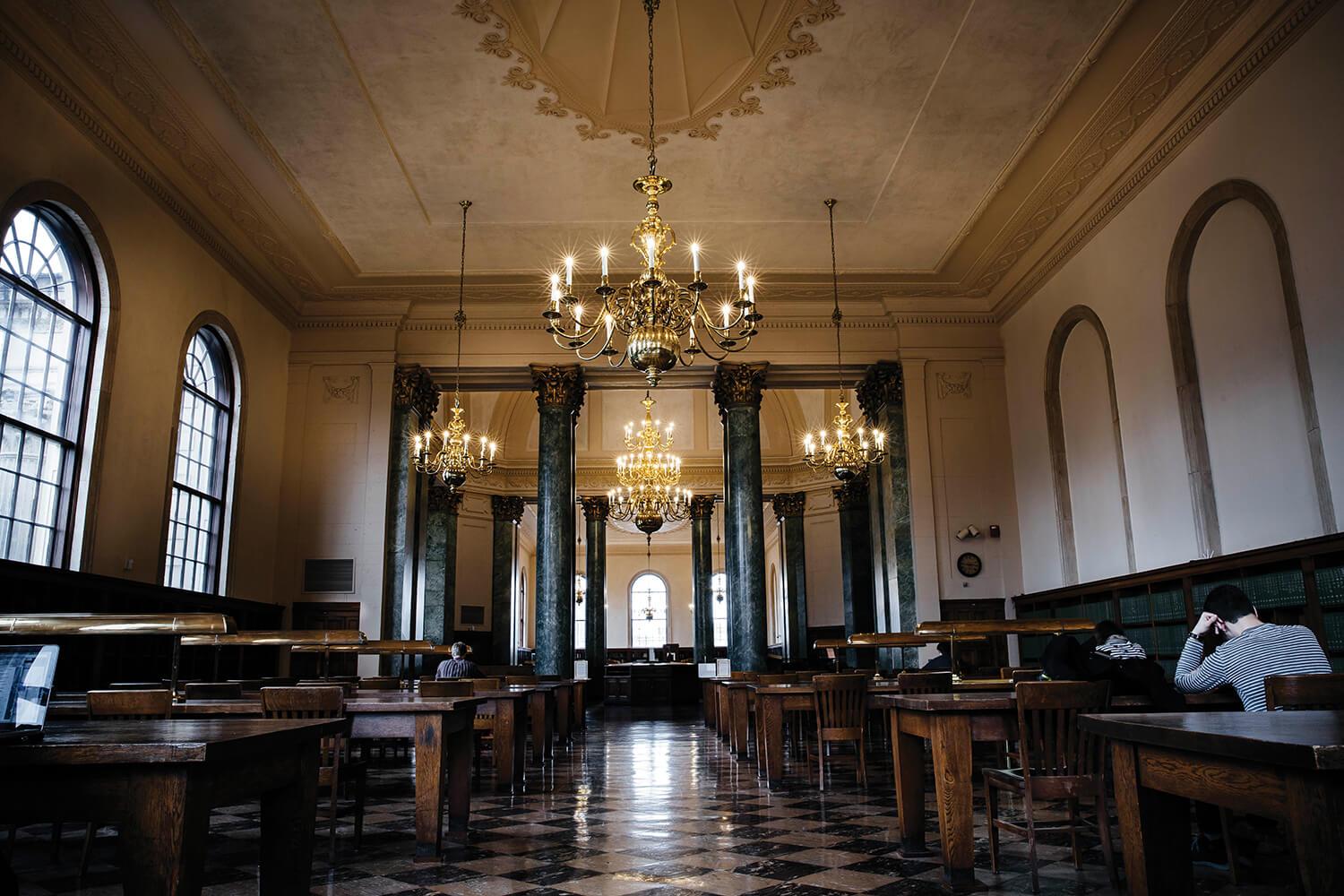On October 23rd, the entire English 123 class took a trip to Wilson Library to take a look at many unique and rare adaptations of the novels that we were reading in class. The materials out on display had specific details and instructions on how to handle the materials. There were two specific materials on display that stood out to me, which were Jane Eyre: an autobiography and Frankenstein, which was published in 1953. Each of these two materials being looked at and talked about as a class made the trip to Wilson Library not only intriguing but also made reading these specific novels more understandable as to why we were reading them.
Jane Eyre: an autobiography was the best material out on display in my opinion. When opening the book, the paratext seemed odd. Jane Eyre was easily one of the hardest reads I have had to do. The deeper meaning of the book is clear when reading Wide Sargasso Sea, but when reading Jane Eyre, I struggled to read it and comprehend everything throughout the book. At the beginning of the novel, multiple quotes and reviews were written to encourage people to read the novel. Other people could have been struggling to read this novel or there may not have been enough purchases of the book so it was decided to put reviews as a part of the paratext. The material aspects of the novel appeared old and worn. For example, the pages in the book were a yellow color rather than white. When turning the pages, they had to be supported when attempting to turn them.
The other material I found intriguing was the 1953 edition of Frankenstein. This specific book was so fragile that we were told not to open the book and turn the pages. The only thing we were allowed to do was turn the novel over to the back cover. This novel was easy on the eye, meaning that the cover was fun to look at with it having multiple colors and having a distinct picture of Elizabeth’s murder as the cover. Along with having Elizabeth in the cover of the novel, there was also a depiction of the monster’s characteristics. This copy of Frankenstein is considered a part of the Rare Book Collection at Wilson Library, which makes the field trip there all the more exciting and special. Being able to touch and handle such rare materials is not something that many people have access to, so being able to have that opportunity was awesome.
The trip to Wilson Library was helpful in learning new facts about the books that were being read and talked about in class. The adaptations on display were good representations of what we learned throughout the class during the semester. This was an insightful trip and I plan to go back to Wilson Library to do some research or maybe to just simply study. I enjoyed exploring and seeing Wilson Library and having a staff member talk to us about the property.


